Facilities & capabilities
Across the UNSW Sydney campus, outstanding industry-leading equipment is accessible to our students.
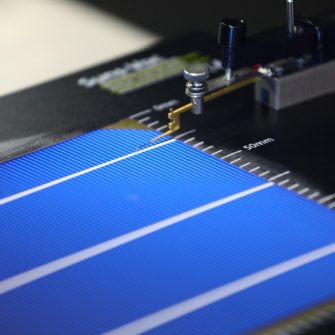
Explore our capabilities below to get an insight into the kinds of investigation possibilities are that we offer researchers wishing to join us from across Australia and around the world.
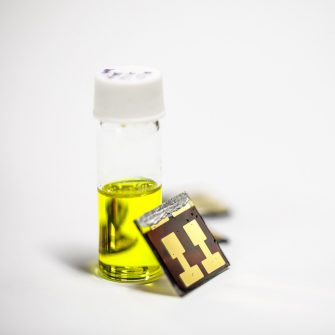
Solution processing
SPREE has various glove boxes that allow synthesising materials using liquid solution processing. This is, for example, used in the fabrication of organic, perovskite, and adamantine solar cells. This fabrication method is extremely flexible and allows for the rapid development of new solar cell materials. The objective is to develop (very) low costs solar cell technologies using solution processes for use in silicon-based tandem solar cells or in niche applications such as building-integrated photovoltaics.

Diffusion/annealing
SPREE has a long and rich history in developing high-efficiency silicon wafer solar cells, holding the silicon solar cell efficiency world record for over 30 years. One of the key steps in the fabrication of commercial solar cells is introducing dopants in the silicon wafer. We have three diffusion furnaces that can be used for boron & phosphorus diffusion for samples with a size of up to 156 mm by 156 mm.
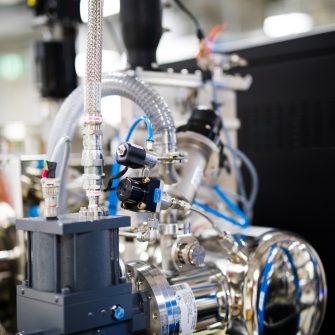
Thin-film synthesis
Materials with a thickness ranging from a few nanometres to a few microns play a critical role in every solar cell technology. For this reason, SPREE is very well set up with equipment for the deposition of these thin films. We have various evaporators: physical vapour deposition (PVD), plasma-enhanced chemical vapour deposition (PECVD), and atomic layer deposition (ALD) in our laboratories. This allows our researchers to select the right type of equipment for their applications.

Metalisation
Solar cells need contacts to extract the photogenerated current into the external circuit. The industry-standard contact for silicon solar cells consists of silver and aluminium. These metal contacts are made using screen printing. SPREE is equipped with both a lab-scale and industrial-scale screen-printer.
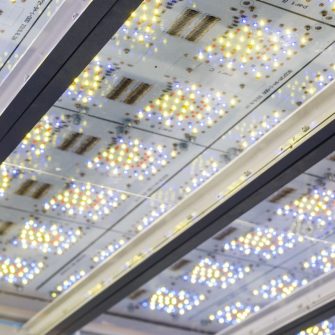
Industrial solar cells
Our school is very fortunate to house an R&D pilot line on campus, the Solar Industrial Research Facility (SIRF), for making silicon solar cells up to a size of 156 mm using industrial equipment. We focus on transferring technology from the laboratory to the factories of our industrial partners. The pilot line houses various UNSW-developed production tools, the area of hydrogenation and plating, which are sold to the market by our equipment partners after successful qualification at our pilot line.

PV modules laminator
Our school also can fabricate and test photovoltaic modules up to a size of 72 cells. This allows us to test our technology up to the module level as well as assisting our industry partners in the optimisation of their modules. The module line includes a full-scale laminator, module I-V, module photoluminescence, and climate chambers. We are expecting the delivery of a full industrial-scale climate chamber with an integrated steady-state solar simulator in the first half of 2021, which will further strengthen our module capabilities.
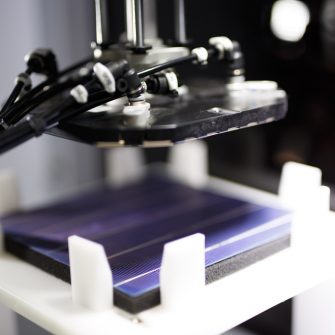
Hydrogenation and stability testing
Our school has a significant focus on testing and improving the long-term stability of solar cells. The performance of some solar cell technologies decreases under illumination of the sun’s radiation. To test solar cells' stability and modules under well-defined conditions, we have various light soaking stations. This allows us to test the stability of solar/module technologies in detail and test the performance of strategies to mitigate light-induced degradation. In recent years, we have made significant progress in addressing light-induced degradation in silicon solar cells and our technology is now used by the vast majority of the industry resulting in more stable solar panels.
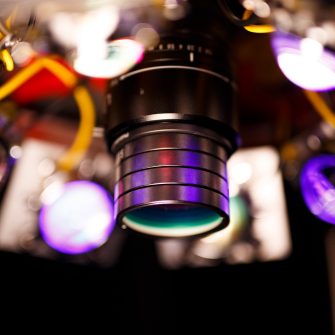
Luminescence imaging
Our school has a long, rich history in developing characterisation techniques for solar cells. One technology developed at our school has made a particularly big impact: photoluminescence (PL) imaging. In PL imaging, you look at the light emitted from the solar cell under illumination. A PL image is best compared to an X-ray image: it gives you spatially-resolved information on the solar cell's electronic quality, typically in a fraction of a second. By combining various PL images, one can get a spatially resolved image of almost all relevant solar cell parameters, which significantly expedites solar cell development.
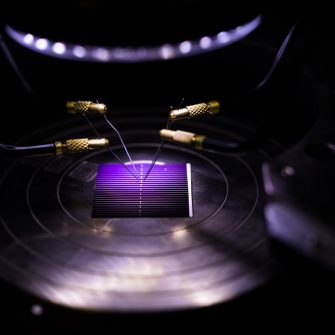
Solar cell characterisation
Our school is very well equipped to analyse solar cell performance. We have various solar simulators and systems to measure internal and external quantum efficiency. These measurements are then used as input in advanced simulation software to understand the performance limiting optical and electronic processes.

Material characterisation
One way to increase solar cell efficiency is to ensure that a maximum amount of sunlight enters the solar cell to be converted into power. One way to achieve this is by structuring the surface so that the amount of light reflection is significantly reduced. Our school has various processes and equipment to maximise the amount of light that enters the solar cell. This is complemented with detailed optical modelling ranging from geometrical optics to solving the full Maxwell’s equations.
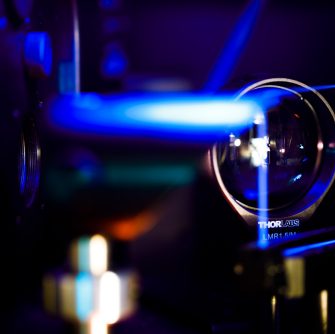
Optical characterisation
At SPREE, we extensively use optical techniques to improve our understanding of solar cells. We, for example, use ultrafast laser spectroscopy to unravel how the energy from photons (i.e., light) is transferred to charge carriers and how the charge carrier subsequently transfers part of their energy to the lattice. We have various dedicated laser labs with unique optical setups, each focused on specific scientific questions.

